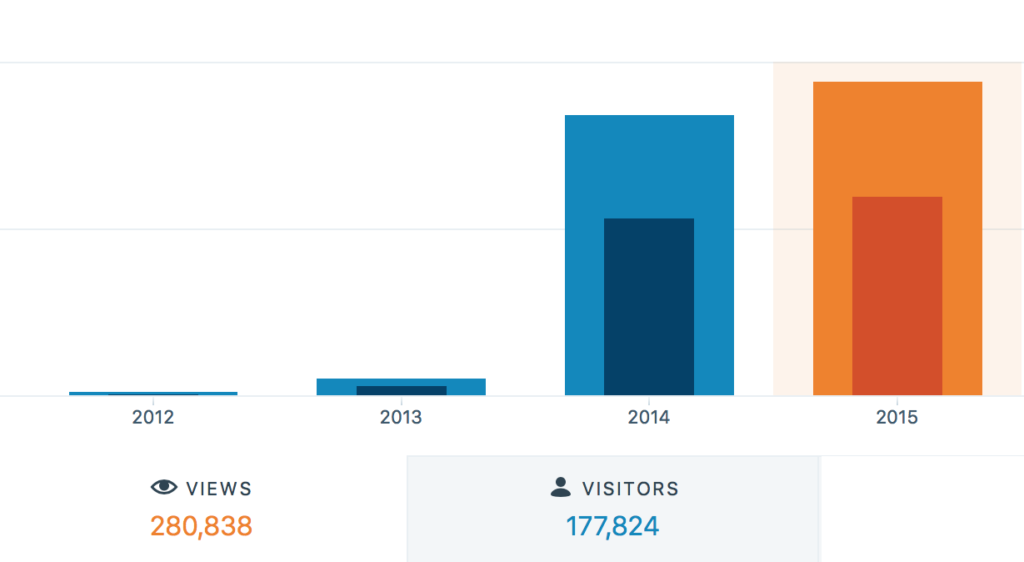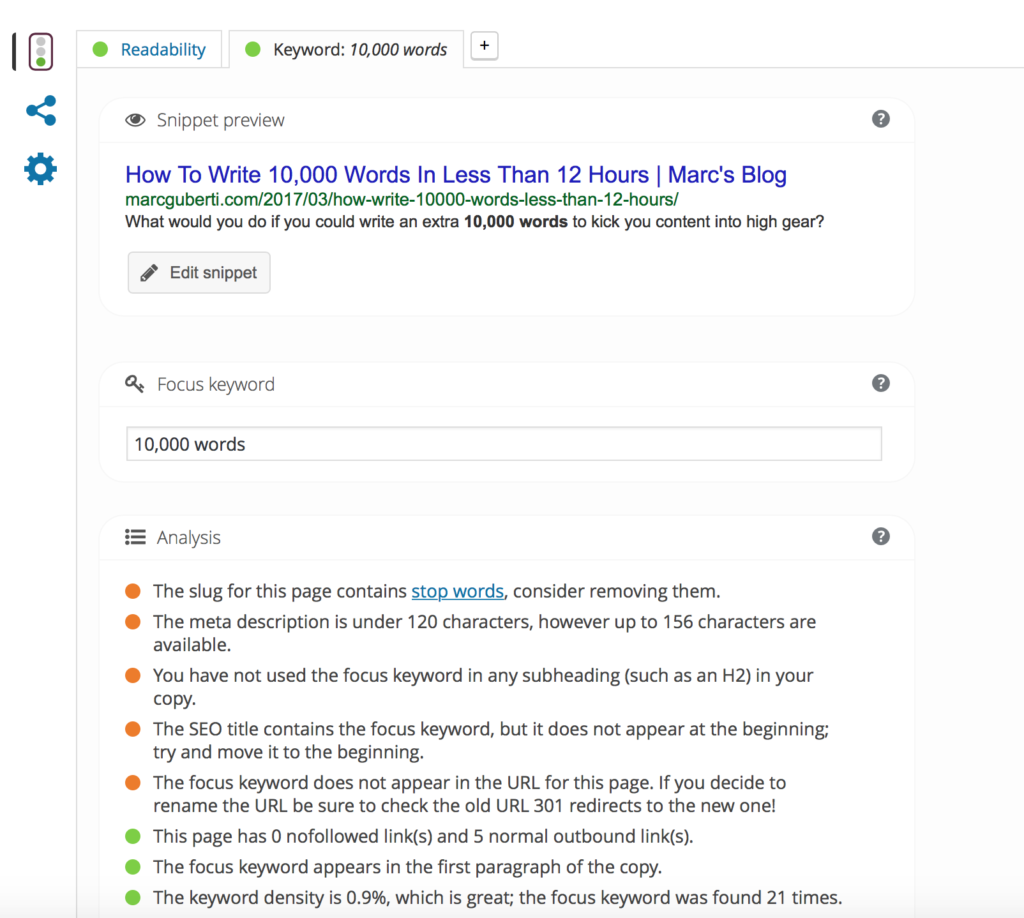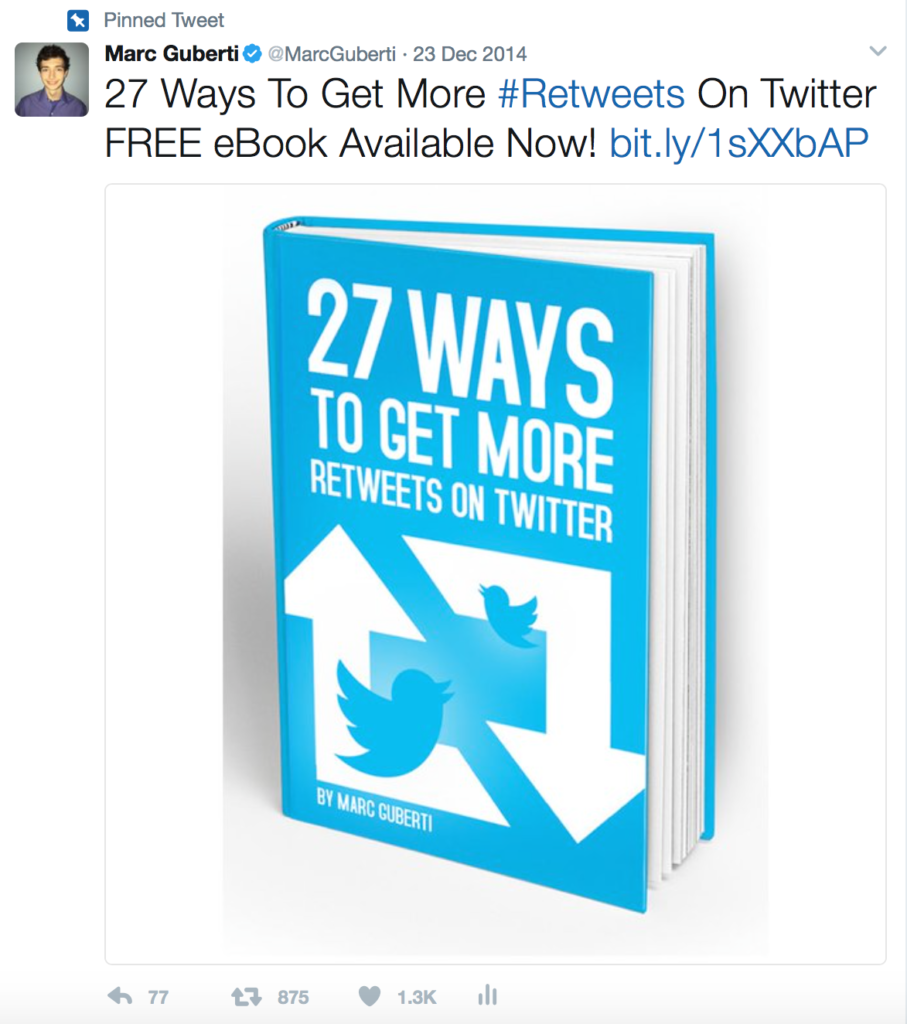If you get into a conversation about starting your own podcast, it won’t take long before JLD gets mentioned. John Lee Dumas, otherwise known by his cool nickname, is one of the most successful podcasters on the planet.
He regularly brings in six figures from his podcast…every month!
And he took some time to share his secrets. We talked about growing your podcast to a seven figure revenue generator. He talks about pitching to sponsors and sprinkling call-to-actions throughout his episodes.
We also talk about productivity, which is one of John’s strong suits. To publish 1 episode every day and grow your business at the same time requires a legendary amount of productivity, and JLD unloaded with tidbits that anyone can use.
For instance, on the day I interviewed him, I was podcast #16 of 20 who would interview him that day. This is based on his batching concept where he chooses 1 day to cluster up all 20 podcast interviews he does each month. He also uses this approach to record 30 episodes (1 month’s worth of content) by choosing two days to conduct all of the interviews. Basically, John has a bias towards action.
“You need to have a bias towards action…..do things that scare you.” —John Lee Dumas
Learn:
—How to grow your podcast to a seven figure empire
—How to be more productive than you’ve ever been before
—How to pitch your podcast to sponsors
—How to incorporate CTAs in your episodes
Key Links from the Show:
EOFire.com – John’s Podcast
Recommended Books:
The Slight Edge by Jeff Olson
The Compound Effect by Darren Hardy
The Chimp Paradox by Dr. Steve Peters





